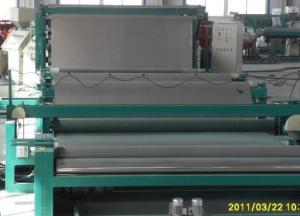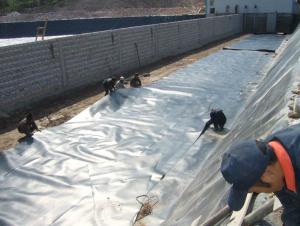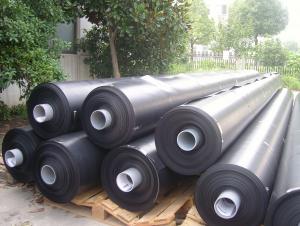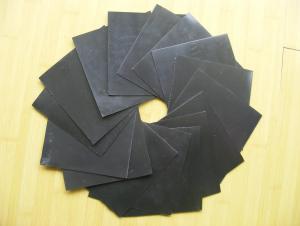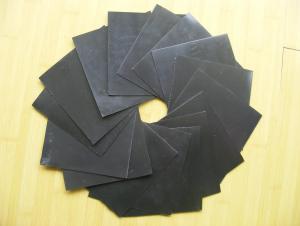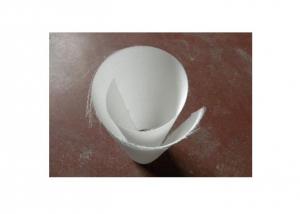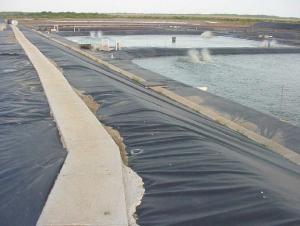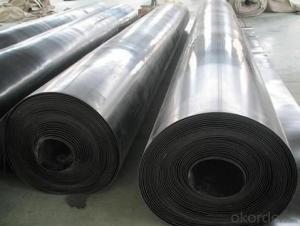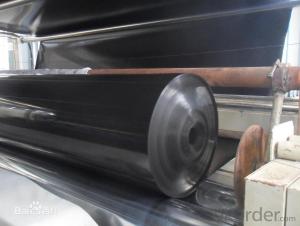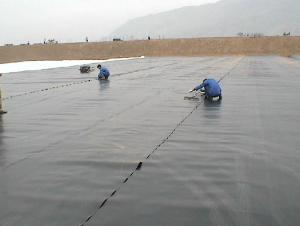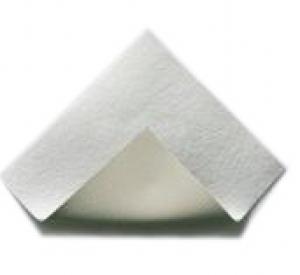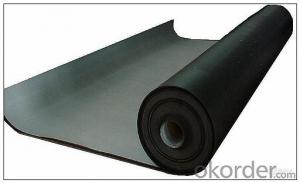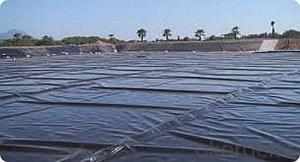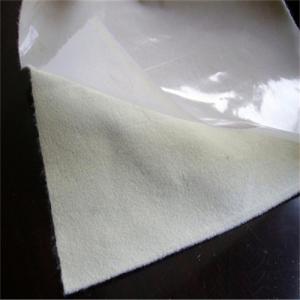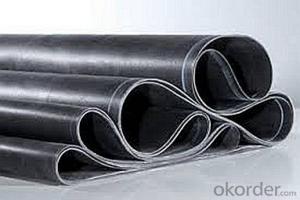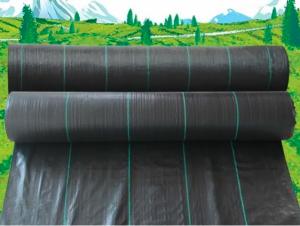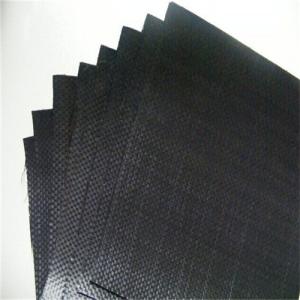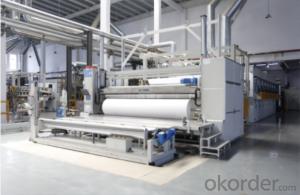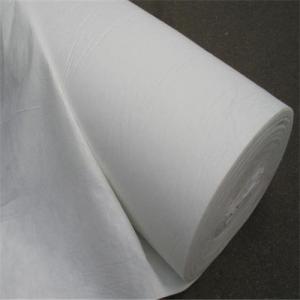Geomembrane India
Geomembrane India Related Searches
Geomembrane Technologies Inc Geomembrane Indonesia Geomembranes Geomembrane China China Geomembrane Geomembrane Australia Geomembrane Company Geomembrane Products Geomembrane Technologies Geomembrane Systems Geomembrane Material Geomembrane In Pakistan Geomembrane Film Plastic Geomembrane Geomembrane Machine Geomembrane Technologies Inc. Gse Geomembrane Bgm Geomembrane Geomembrane Materials Conductive Geomembrane Geomembrane Containment Geomembrane Cover Permeable Geomembrane Composite Geomembrane Geocomposite Membrane Geomembrane Geotextile Impermeable Geomembranes Pe Geomembrane Geomembrane Philippines Geomembrane ImpermeableGeomembrane India Supplier & Manufacturer from China
Geomembrane India offers a wide range of high-quality geomembrane products, including HDPE, LDPE, and LLDPE materials. These products are designed to cater to various industrial and environmental applications, ensuring efficient performance and durability. Geomembrane India's products are widely used in applications such as landfill liners, water reservoirs, canal lining, and pond liners, making them an essential component in the construction and environmental sectors. Their geomembranes provide excellent waterproofing and sealing capabilities, which are crucial for maintaining the integrity of various structures and preventing contamination.Okorder.com is a leading wholesale supplier of Geomembrane India products, boasting a vast inventory that caters to the diverse needs of clients worldwide. With a strong commitment to quality and customer satisfaction, Okorder.com ensures that the geomembrane products from Geomembrane India are readily available and delivered promptly. This partnership allows customers to access a comprehensive range of geomembrane solutions, all in one place, making it easier for them to find the right product for their specific requirements.
Hot Products
